Mobile applications with a compelling design strike a chord with users almost instantaneously. Achieving such a design, however, is anything but easy. Knowing this fact very well, we’ve collated this blog outlining several important mobile app design tips to help you break through the noise with your next app. ![]()
Design is one of the most vital factors that either makes a mobile app or breaks it. A good design not only adds character to the app’s advanced features but also enhances the entire user experience. That’s the reason why expert mobile app designers pay close attention to crafting a design that’s both appealing and easy-to-use.
But the question is how to come up with an effective mobile app design? Well, here are 9 tips that can land you in the right waters.
1. Always Apply Interaction Design Rules
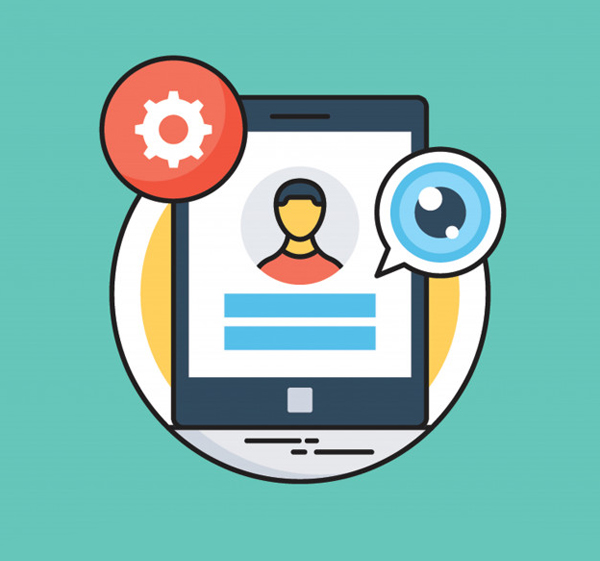
A designer has to ensure that the app scores full marks on the interactive interface. That’s where interaction design rules, highlighted below, come to your rescue:
- Come up with a goal-oriented design that suits the individual needs of your users.
- Include signifiers at the right places in your app design to let users easily determine the behavior of any UI object.
- Make use of design patterns in such a way that even a novice user finds the app usage easy to
- Ensure the design elements that you use align with the app’s
- Pack your app with feedback that’s quick, human, and easy on the eyes.
2. Know Who Your Users Are
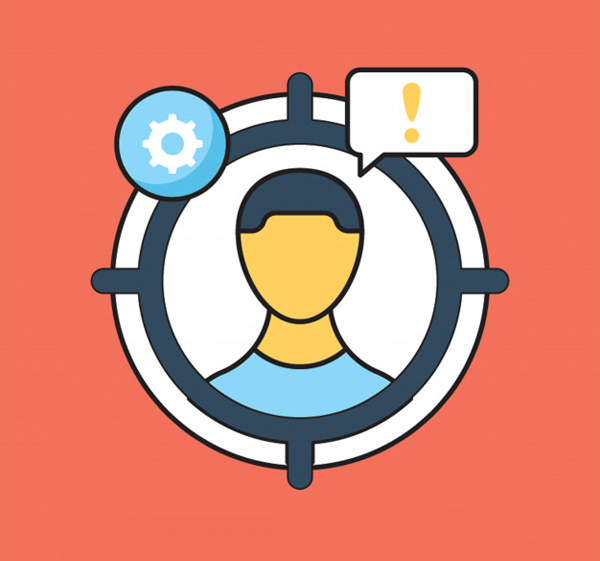
Before embarking on the design journey, it’s important to know whom the app will cater to. After all, you don’t want the app to remain unused.
In order to know your users, user research can be conducted, say via interviews and surveys. That will help you understand your target users and their expected behavior with your app. It will also help define different user scenarios, how the users would act in each of them, along with the steps they would potentially take doing that.
3. Map Out Content and Build User Flows
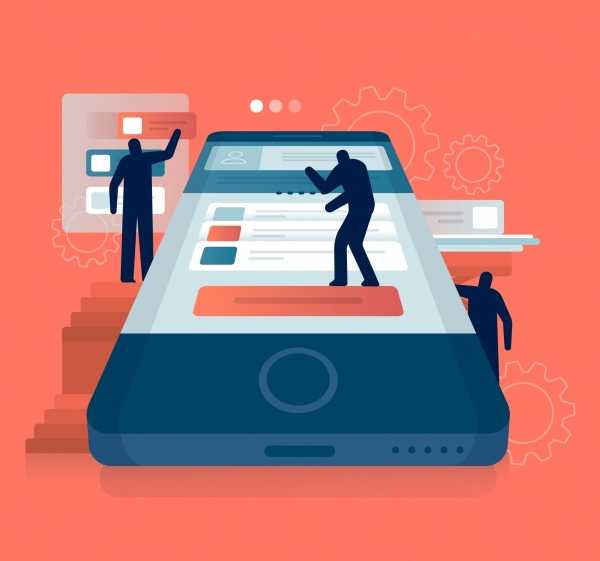
For a smooth design, it’s crucial to have impactful content. As a designer, you’ve to ensure that each page of the app is relevant and lets users take seamless actions. How to achieve that? Chart out what sort of content the app would have and how users would flow through it by creating an easy prototype on paper.
This written prototype would contain every app page, which in turn, would enable you to work on the app content and develop logical user flow around it, simultaneously. Doing so would also eliminate unnecessary pages and irrelevant user scenarios, strengthening the overall UI.
4. Use Common Patterns of UI to Boost App Usability
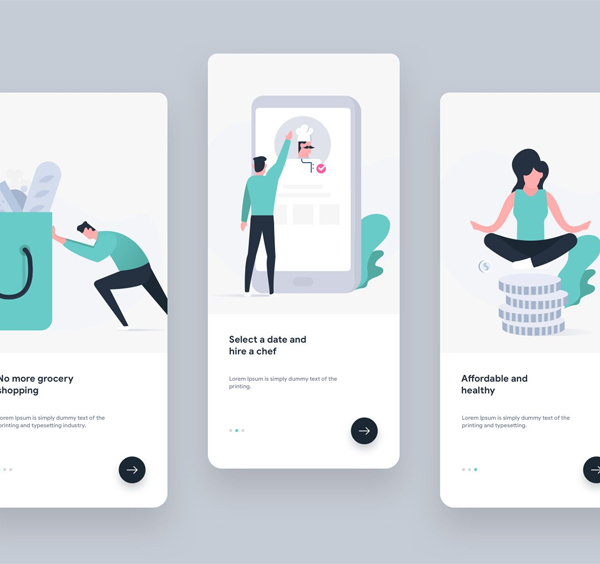
When designing an app, it is wise to utilize the known UI patterns, such as slide-out navigation, gestures like swipe, touch, pinch, double-tap, and zoom, as well as animated elements. Use of such familiar patterns makes users, experienced or beginners, feel at home as they can move around the app in a hassle-free way, elevating the app usability.
It is also probably the reason why most of the mobile apps place their nav buttons at the bottom of the screen. For instance, Instagram. The photo-editing app has major buttons, including home, search, and profile, at the foot of the screen.
5. Make the Design Finger-Accessible
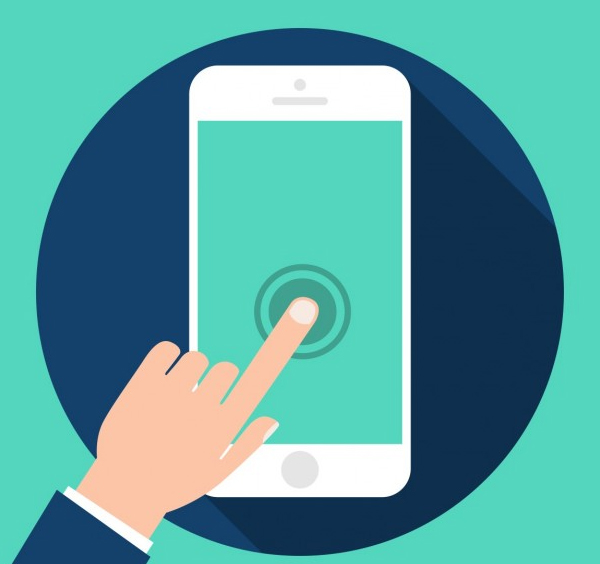
Picture a scenario where a user is unable to tap a button on the app because it’s too small or is in very close proximity to other buttons. The result? The user would close the app in frustration or might uninstall as well. Thus, it’s crucial to design an app that offers smooth accessibility via our fingertips.
Our fingers are around 45 to 57 pixels, wider than a majority of recommended touch target guidelines. However, that doesn’t mean the UI touch targets should be exceedingly large or loosely added. Just remember to provide the users with enough room to tap through a fingertip.
6. Incorporate Web Design Trends Intelligently
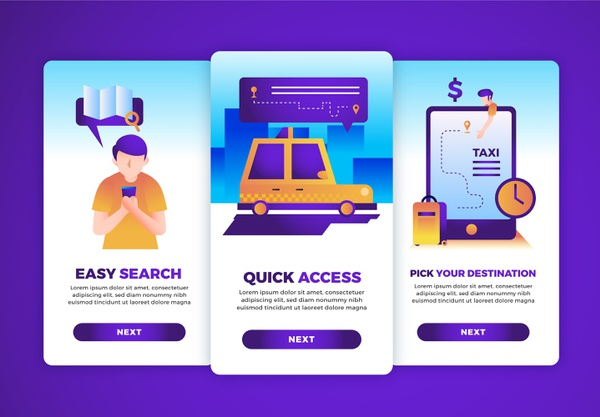
Although new trends keep emerging in the web design world, some trends remain classic. For example, the use of shadows and gradients. Shadows, widely used for UI elements like action buttons and toggles, enable the object to stand out. When combined with gradient, one can create 3D effects for objects, including forms’ input fields, drop down controls, and buttons, giving an aesthetic feel to the overall design.
7. Bid Adieu to the Clutter
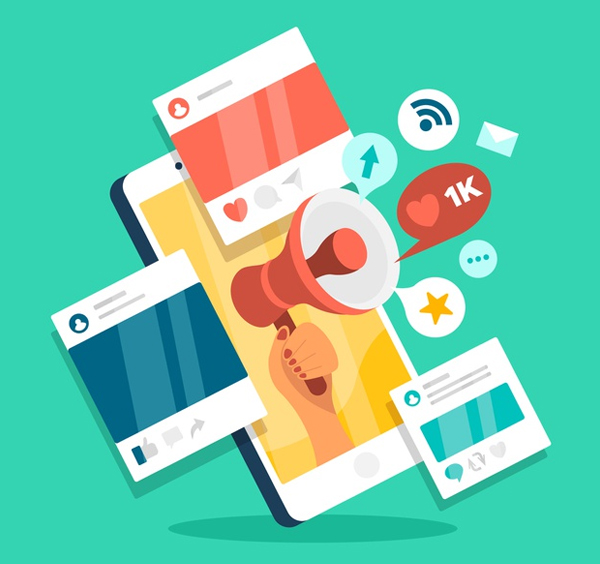
A fantastic app design doesn’t mean stuffing the screen with too many elements. After all, you don’t want the users to get confused about what you want them to do. The key is to keep the design as simple as possible by including elements that are absolutely essential. That would lead to less thinking on users’ part while enabling them to complete the desired actions quickly, and in minimal steps.
8. Understand Market Needs

Before you begin designing the app, it’s critical to analyze what purpose your app would serve. In simple terms, you’ve to understand the varying needs and interests of your target users, as a wider demographic. Once done, you can easily craft a design that gives users a personalized feel while still addressing their needs. Conducting market research or studying your competitors’ apps might also help you decode the ever-evolving market needs.
9. Test the Design with Customers

As a designer, you might have several testing methods for app designing in place, however, nothing replaces the significance of user inputs. Testing the app’s design with your potential customers is a great way to find out where your app stands. It can help gauge the users’ design expectations and usability standards. At the same time, it can let you detect and fix glitches before the official launch, saving both time and costs.
Final Thoughts
Crafting an immersive, unique design for an app is as difficult as writing code for one. While many guidelines for mobile app designing are available out there, what we discussed above are tips that will help you stay on track to achieve your design goals.
